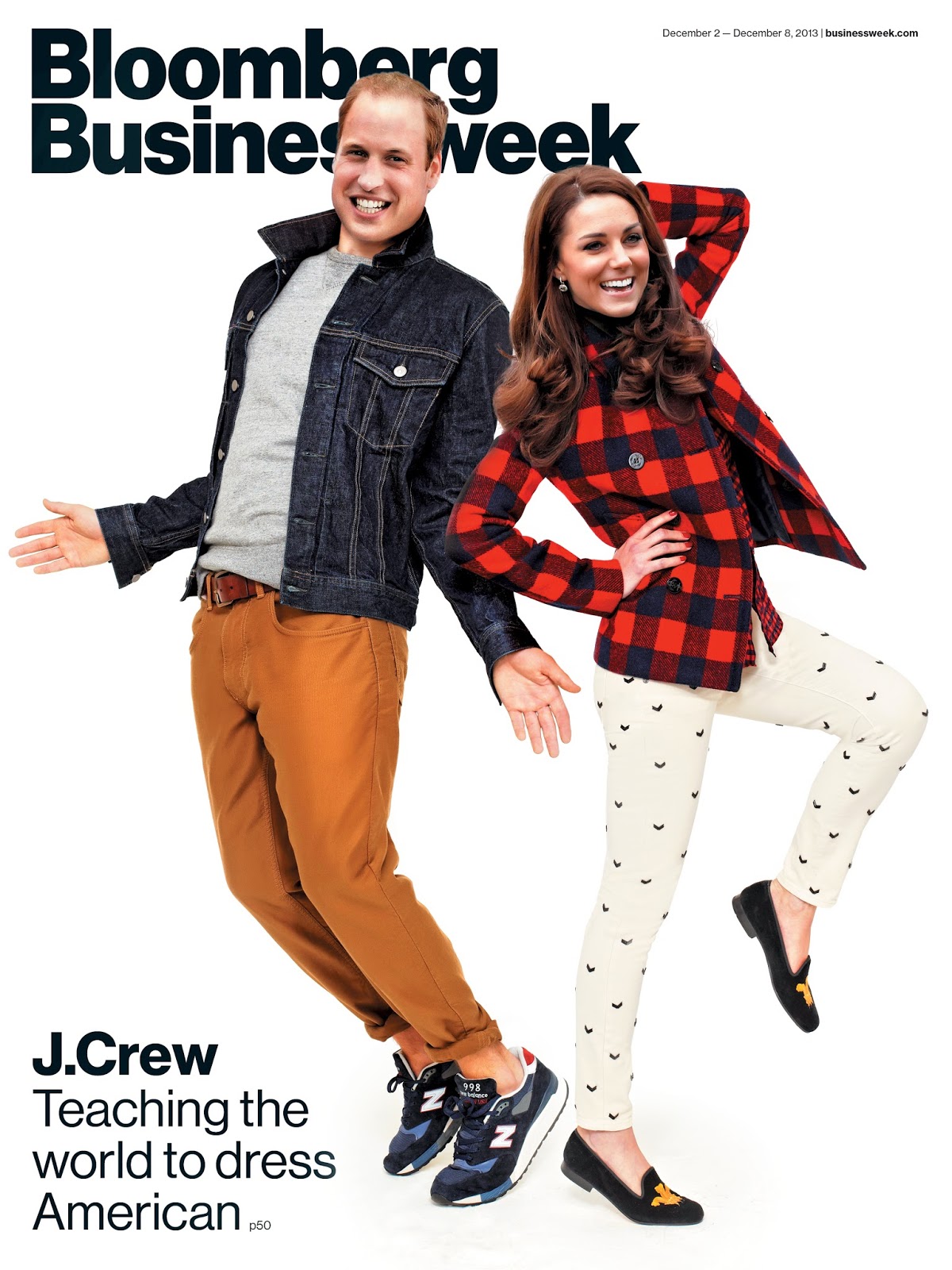2. First they enlarged the eyes of the model and made the nose look thinner. Then they thinned the arms and her stomach. After that, they stretched the legs and thinned the legs and feet and also stretched her neck and arms to make her look taller. At last they brightened her skin and hair.
3. First of all, they thinned all of her body: her legs, her arms, her butt,… Then they formed her body to look thinner and smoothed all of wrinkles and uncleannesses of the body. The next steps were still forming and thinning the body. Then they painted her long hair and are still improving her stomach and arms. After that they thinned her face a little bit and added more volume to her hair. At last they brightened up the whole picture and improved her skin color.
4. Questions:
- Is it ethically acceptable to change a person's appearance like these in a photo? Why or why not?
- I think it is not acceptable because first of all it gives the person whose picture is getting improved, the feeling of being ''ugly'' and not acceptable the way they are and also it shows other people, especially teenager and people who still need to find themselves, that you are not beautiful the way you are and that you have to improve yourself to be accepted.
- Are there circumstances in which it would be more ethically wrong to do this type of manipulation?
- Yes there are. I would say it is ''more'' wrong when especially young people can see the manipulation, because they are more suggestible and like I said in the first question, it is not really ethically acceptable to change a person's appearance like that.
- What types of changes are OK, and what aren't?
- I think little changes like getting rid of some wrinkles or some scares or something like that is OK, but it is not OK to change the whole appearance of a person.
- Explain what you think the differences are between fashion photography and photojournalism.
- I think the differences are that in photojournalism it is not about how the persons looks, it is more about, that the picture is good. In fashion photography I think it is all about that the person looks good and looks the best they can do.
- What relationship does each type of photography have to reality, and how does this affect the ethical practice of each?
- I would say that photojournalism is closer to reality because I think it is all about to shoot a special moment of reality and fashion photography is more about how to improve reality and make something look perfect but sometimes, that has nothing more to do with ''reality''.
- Why do you think I am showing you these three videos?
- I think you are showing us these videos, first of all to make us understand how many things you can do with photoshop and of course to show us the difference between photojournalism and fashion photography and that we understand, how diplomatic the fashion world is.
- Why are none of these videos about guys???
- Because everyone just wants the women to look sexy and does not really care about if men look good or not. And that is really unfair, because that gives us the feeling that we have to improve ourselves and that we are not beautiful and sexy the way we are.
























